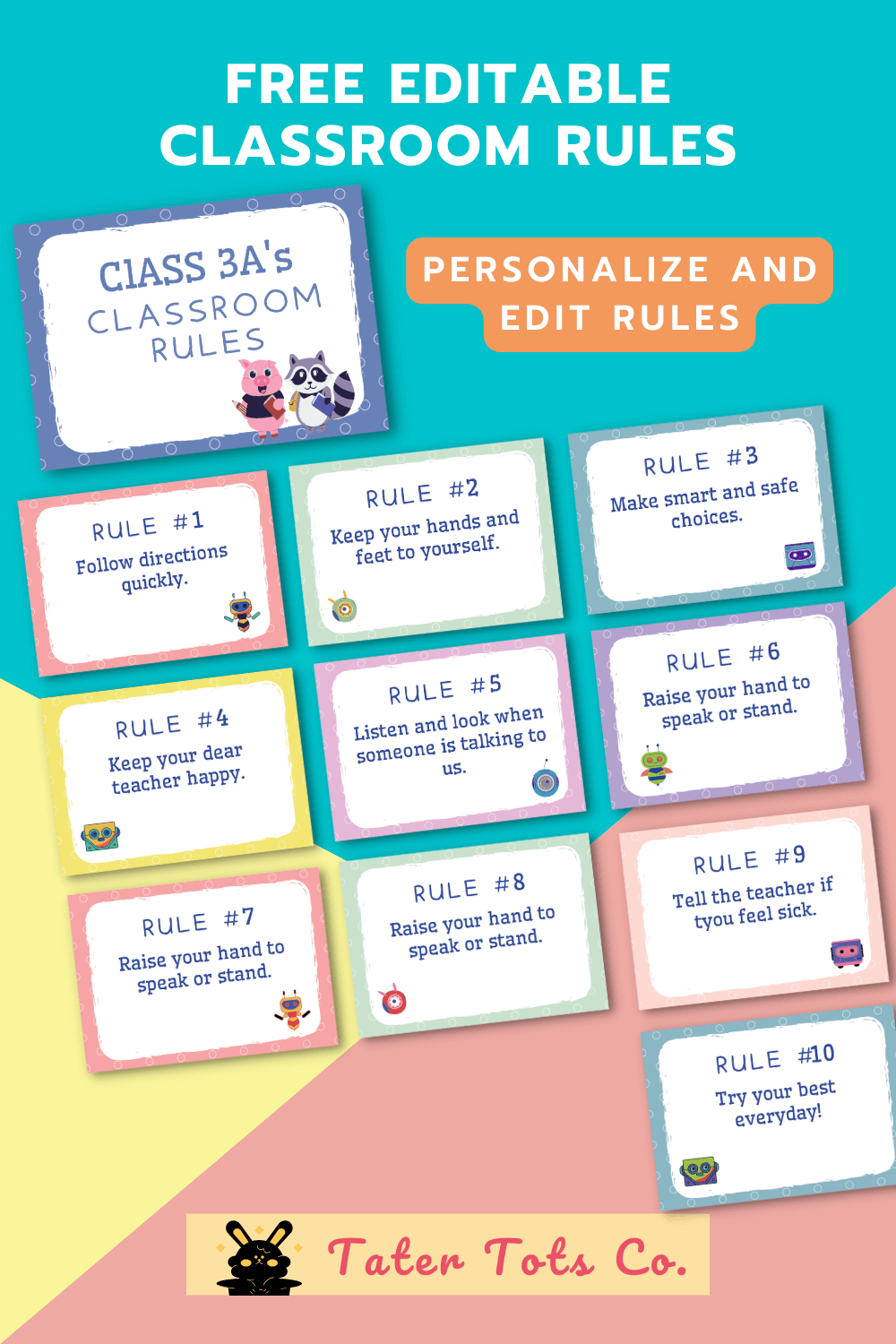
Why Do We Need Classroom Rules? Get A Free Classroom Rules Template To Implement Them Now!
Introduction
As a teacher or a homeschooling parent, creating a harmonious learning environment is crucial for your student’s success. Rules are essential for managing behavior and establishing a safe and productive learning environment. Classroom or homeschooling rules can help students understand what is expected of them and create a sense of responsibility for their actions. The rules you establish will set the tone for the learning environment and create a framework for how students interact with one another. In this blog post, we will explore the importance of classroom and homeschooling rules, how to create and enforce them, and provide some examples of effective rules to promote a harmonious learning environment.
Read on below to get a free download of a rules template for classroom use which is a handy document to have. Rule templates can be used in the classroom or homeschool setting and from pre-k level onwards till elementary school.
Related Article:
How to effectively manage a Preschool Classroom
How To Establish A Good Reward System For Kids
How to design the perfect Bulletin Board for a preschool classroom
Importance of Establishing Rules for a Harmonious Learning Environment
Establishing rules in any learning environment, whether it be a traditional classroom or a homeschool setting, is crucial for fostering a harmonious and productive atmosphere. Rules provide structure, guidance, and boundaries that help students understand what is expected of them and how they should conduct themselves. When rules are clearly defined and consistently enforced, they create a sense of security and stability that allows students to focus on learning and academic growth.
In a classroom setting, rules help maintain order and discipline, ensuring that all students have the opportunity to participate and learn without disruptions. They also promote respect, responsibility, and accountability among students, teaching them valuable life skills that extend beyond the classroom.
Similarly, in a homeschool environment, establishing rules is essential for creating a structured learning environment and setting expectations for behavior and academic performance. Homeschool rules can cover a wide range of areas, such as daily schedules, study habits, communication protocols, and consequences for not following the rules.
By setting clear and fair rules, educators and parents create a positive learning environment where students feel supported, motivated, and encouraged to reach their full potential. Rules help create a safe and nurturing space where students can thrive academically, socially, and emotionally, laying the foundation for a successful and harmonious learning experience.
In a nutshell,
- It helps to create an ideal nurturing environment where everyone is kind and learns to respect each other.
- It helps children feel safe and valued and to learn to keep their behavior under control.
- It is a constant reminder to students of what is expected from them.
- It is easy for teachers to refer to when students need guidance in activities.
- Clear and consistent rules will motivate the class to be committed to common goals.
Creating Classroom Rules that Promote Respect and Cooperation
Creating classroom rules that promote respect and cooperation is essential for fostering a positive learning environment. These rules serve as the foundation for establishing a harmonious atmosphere where students feel valued and supported in their educational journey.
When developing rules for the classroom, it is important to involve students in the process. By allowing students to have a voice in setting rules, they are more likely to take ownership of them and understand the reasons behind each rule. This collaborative approach also helps in building a sense of community and shared responsibility among students.
Emphasizing respect and cooperation in the classroom rules can help cultivate a culture of empathy and understanding. Rules that encourage students to listen attentively, treat others with kindness, and work collaboratively contribute to a positive and inclusive learning environment.
Consistency in enforcing these rules is key to their effectiveness. Teachers should communicate the expectations associated with each rule and follow through with appropriate consequences when necessary. By upholding the rules consistently, educators reinforce the values of respect and cooperation and demonstrate their commitment to maintaining a supportive learning environment for all students.
Involving Students in the Rule-making Process
Involving students in the rule-making process is a powerful way to create a sense of ownership and responsibility within the learning environment. When students have a say in the rules that govern their classroom or homeschool setting, they are more likely to adhere to them willingly.
This collaborative approach allows students to express their thoughts and concerns, fostering a sense of respect and understanding between teachers parents, and students. By engaging students in discussions about the rules and their importance, educators can help them develop critical thinking skills and a deeper appreciation for the purpose behind each rule.
Moreover, involving students in the rule-making process empowers them to take an active role in shaping their learning environment. This sense of agency can boost student engagement and motivation, leading to a more positive and harmonious atmosphere where everyone feels valued and respected.
Ultimately, when students have a voice in creating the rules that govern their classroom or homeschool, they are more likely to take ownership of their behavior and demonstrate a greater commitment to upholding the values and expectations set forth.
Implementing Consistent Consequences for Rule Violations
Consistency is key when it comes to implementing consequences for rule violations in a classroom or homeschool setting. It is essential to establish clear and fair consequences that are consistently applied to all students. This not only helps in maintaining order and discipline but also fosters a sense of fairness and accountability among learners.
When students know what to expect in terms of consequences for their actions, they are more likely to adhere to the rules and regulations set in place. Educators and parents alike need to communicate these consequences effectively and ensure that they are proportionate to the rule that has been broken.
Consistent consequences help create a structured and predictable learning environment where students understand the boundaries and expectations. This, in turn, promotes a sense of safety and security, enabling learners to focus on their studies and personal growth without unnecessary distractions.
Setting Clear Expectations for Behavior in a Homeschool Setting
In a homeschool setting, setting clear expectations for behavior is essential in creating a harmonious learning environment. Just like in a traditional classroom, homeschooling requires structure and boundaries to ensure a productive and focused learning experience for both the student and the teacher (usually a parent or guardian).
Establishing clear rules and expectations helps children understand what is expected of them during their learning time. This includes guidelines for behavior, participation, respect for one another, completion of assignments, and adherence to schedules. By setting these expectations early on, children are more likely to stay engaged and motivated throughout their homeschooling journey.
It’s important for parents or guardians who are overseeing the homeschool environment to communicate these expectations effectively. This can be done through discussions, written agreements, visual aids like charts or posters, or even creating a homeschool “contract” that outlines the rules and consequences for not following them.
Children thrive in environments where rules are clear and consistently upheld. By setting clear expectations for behavior in a homeschool setting, parents can create a positive and structured learning environment that promotes academic success and personal growth.
Adapting Rules for Different Age Groups and Learning Styles
Adapting rules to cater to different age groups and learning styles is a crucial aspect of creating a harmonious learning environment, whether in a traditional classroom setting or a homeschool environment. Young children, for instance, may require more visual cues and interactive activities to grasp concepts effectively. Rules for this age group should be simple, clear, and consistent to help them understand boundaries and expectations.
On the other hand, older students may benefit from more autonomy and flexibility in how rules are implemented. It’s essential to involve them in the rule-making process to foster a sense of ownership and responsibility. Tailoring rules to accommodate diverse learning styles, such as visual, auditory, or kinesthetic learners, can also enhance engagement and retention of information.
In a homeschool setting, parents have the flexibility to customize rules based on each child’s unique needs and preferences. By considering factors like personality, interests, and strengths, parents can create a learning environment that maximizes their child’s potential.
Overall, adapting rules for different age groups and learning styles promotes a positive and inclusive learning environment where all students feel supported and motivated to succeed.
Fostering a Sense of Ownership and Accountability Among Learners
Fostering a sense of ownership and accountability among learners is crucial in creating a harmonious learning environment, whether in a classroom setting or a homeschooling scenario. When students feel a sense of ownership over their learning process, they are more likely to engage actively, take responsibility for their actions, and strive for academic success.
One effective way to promote ownership and accountability is to involve learners in setting rules and expectations. By including students in the rule-making process, they feel valued and empowered, leading to a greater commitment to following those rules. Encourage students to voice their opinions and ideas on what rules should be in place and why they are important.
Additionally, providing opportunities for students to take on leadership roles within the classroom or homeschool environment can foster a sense of ownership. Assigning tasks such as peer tutoring, leading discussions, or organizing class activities can help students develop a sense of responsibility and pride in their contributions to the learning community.
Regularly reviewing and reflecting on rules and expectations with students is also essential. This allows learners to see the impact of their actions, make adjustments as needed, and hold themselves and their peers accountable for upholding the agreed-upon standards.
Encouraging Positive Reinforcement and Rewards for Rule Adherence
Encouraging positive reinforcement and rewards for rule adherence is a powerful strategy to foster a harmonious learning environment, whether in a traditional classroom setting or during homeschooling. Students thrive when they receive acknowledgment and praise for following the established rules and guidelines.
Positive reinforcement can take various forms, such as verbal praise, stickers, certificates, extra privileges, or small rewards like extra recess time or a special classroom job. By consistently recognizing and rewarding students for their adherence to rules, you create a culture where positive behavior is valued and reinforced.
It’s essential to tailor the rewards to the individual needs and preferences of your students. Some may be motivated by public recognition, while others may prefer more private forms of acknowledgment. By understanding what drives each student, you can effectively use positive reinforcement to encourage rule adherence and create a positive learning environment.
Additionally, incorporating rewards for rule adherence helps students internalize the importance of following rules not just for the sake of receiving rewards, but for the intrinsic value of maintaining order and respect within the learning environment. This approach instills a sense of responsibility and self-discipline in students, fostering a positive and cooperative classroom or homeschooling dynamic.
Find out more about How To Establish A Good Reward System For Kids.
Addressing Challenges and Conflict Resolution Strategies
Addressing challenges and conflict resolution strategies are essential components of maintaining a harmonious learning environment, whether in a traditional classroom setting or during homeschooling. It is natural for conflicts and challenges to arise, but how they are addressed can make all the difference in fostering a positive and productive learning atmosphere.
When faced with challenges, educators and parents must approach them with patience, empathy, and open communication. Encouraging students to express their feelings and concerns safely and respectfully can help in resolving conflicts effectively. Teaching children problem-solving skills and conflict-resolution strategies equips them with valuable tools to navigate challenges constructively.
In a classroom or homeschool environment, establishing clear rules and expectations from the beginning can help prevent conflicts from escalating. Consistent enforcement of these rules, combined with positive reinforcement for good behavior, can create a sense of structure and security for learners.
Moreover, addressing challenges and conflicts promptly and fairly can prevent them from impacting the overall learning experience. Encouraging students to work together to find solutions and promoting empathy and understanding can turn conflicts into valuable learning opportunities.
By prioritizing open communication, empathy, and proactive conflict resolution strategies, educators and parents can create a harmonious learning environment where students feel supported, respected, and motivated to learn and grow.
Reflecting on the Impact of Classroom and Homeschool Rules on Learning and Development
Reflecting on the impact of classroom and homeschool rules on learning and development is crucial in creating a harmonious learning environment. Rules serve as the foundation for structure and discipline, providing a sense of security and predictability for learners of all ages.
In a classroom setting, well-defined rules help establish expectations, promote respect among students and teachers, and foster a positive and inclusive learning atmosphere. They create boundaries that guide behavior, encourage responsibility, and support academic growth. By reflecting on the impact of these rules, educators can assess their effectiveness in shaping students’ attitudes, behaviors, and overall learning experiences.
Similarly, in a homeschool environment, rules play a vital role in establishing routines, setting boundaries, and promoting a culture of learning. Homeschool rules can cover various aspects, such as study schedules, academic expectations, behavior guidelines, and family values. Reflecting on the impact of these rules allows homeschooling parents to evaluate their effectiveness in nurturing a supportive and engaging learning environment for their children.
By acknowledging the significance of classroom and homeschool rules on learning and development, educators and parents can make informed decisions to enhance the educational experience and empower students to reach their full potential. Through thoughtful reflection and continuous improvement, a harmonious learning environment can be cultivated, where students thrive academically, socially, and emotionally.
Download the free Classroom Rules Template!
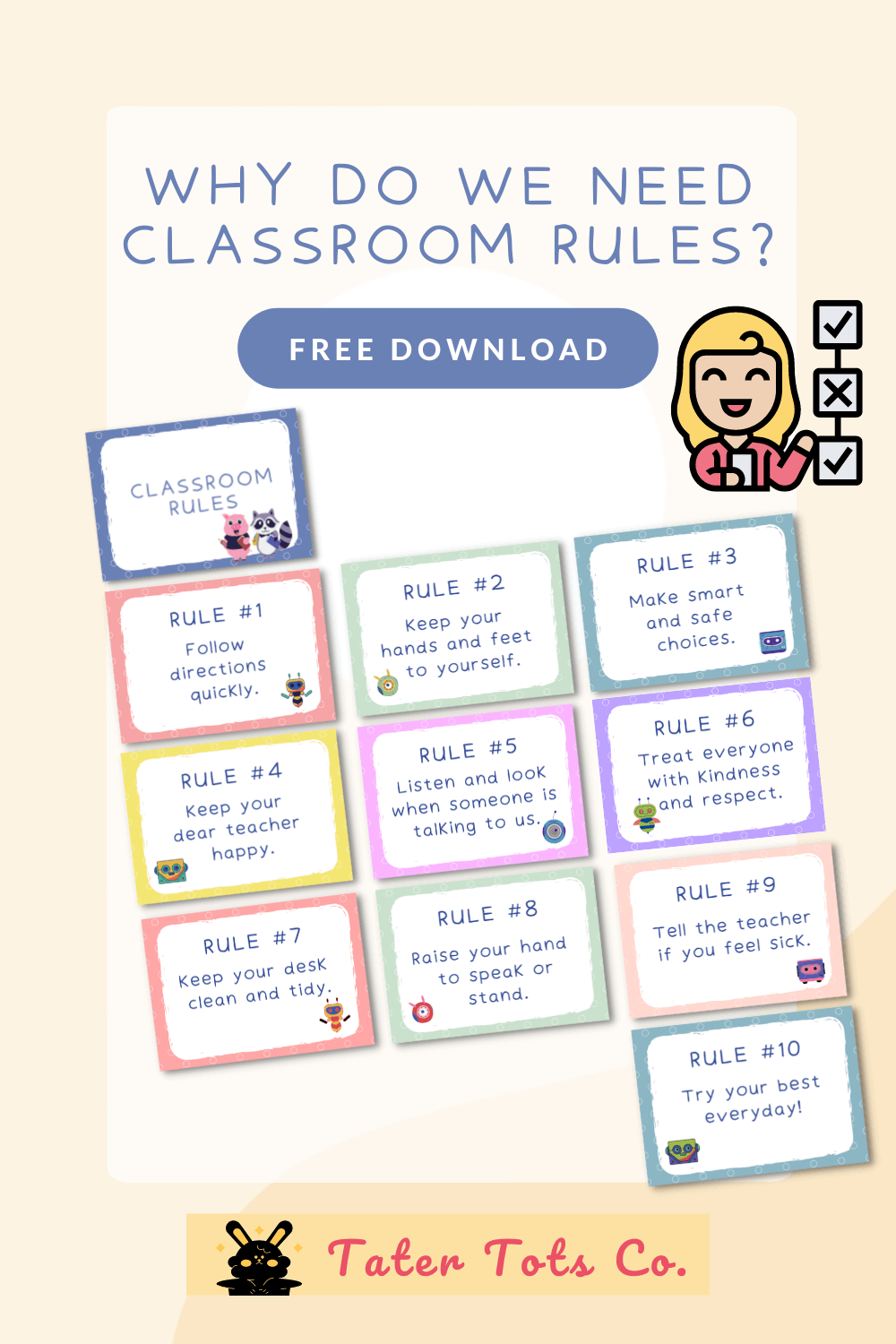
You can download the free Editable Classroom rules templates below,


Ready to print version – here
Editable version – here (via Adobe Acrobat Reader (free) – download from adobe.com and easily add in the teacher’s/class name and rules before printing out.)
Download our Editable PDF guide here on how to edit on Adobe Acrobat Reader.
By downloading our free printable, you agree to our Terms & Conditions of usage.
Check out more resources for implementing rules!
We offer other variations of classroom/homeschool rules templates that can be easily editable in Adobe Acrobat Reader (Free version). They are available in A4 and A5 sizes depending on your display needs.
Conclusion
In conclusion, fostering a harmonious learning environment is essential for the success and well-being of students, whether in a traditional classroom setting or through homeschooling. By establishing clear and consistent rules, both educators and parents can create a structured and supportive atmosphere that promotes learning and growth. Remember that rules should be fair, age-appropriate, and communicated effectively to ensure that everyone understands and follows them. By prioritizing the establishment of positive rules and expectations, we can cultivate a nurturing environment where students can thrive academically and emotionally. Thank you for joining us on this journey to create a harmonious learning space for our learners.
What are some important rules to establish for kids? Share them in the comments section below!
If you’re looking for other toddler activity ideas, you can visit the site’s section on Toddler Activity Ideas

Enjoyed this freebie? Follow us on Facebook/Pinterest for the latest blog updates, freebies, and Ukulele printables.
[menu_in_post_menu menu=96 style=”list”]
Warmest Regards,





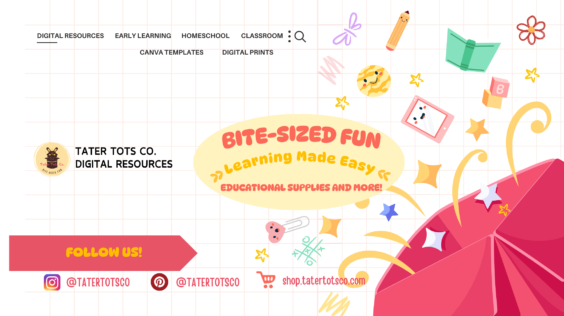




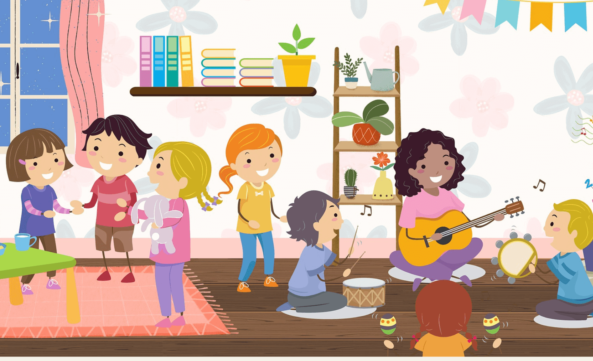


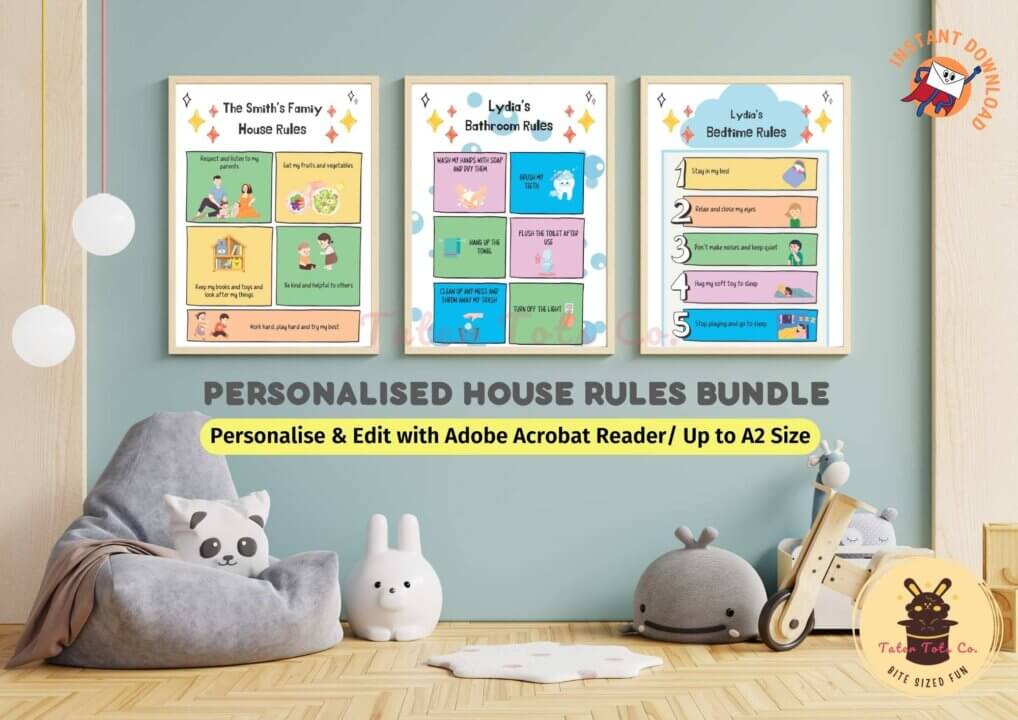
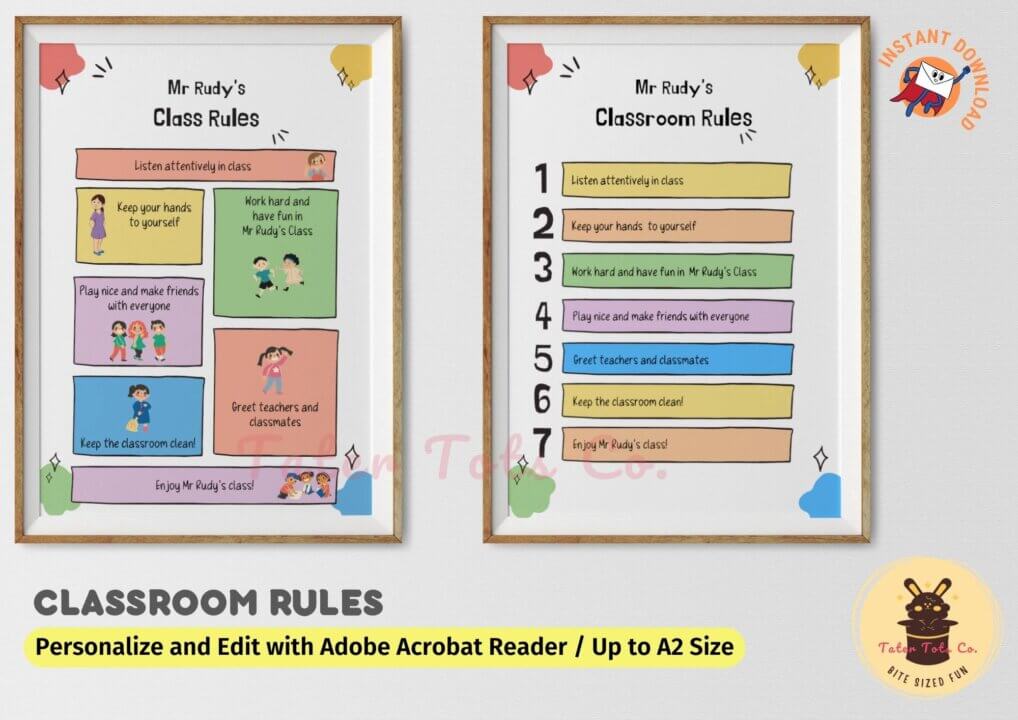
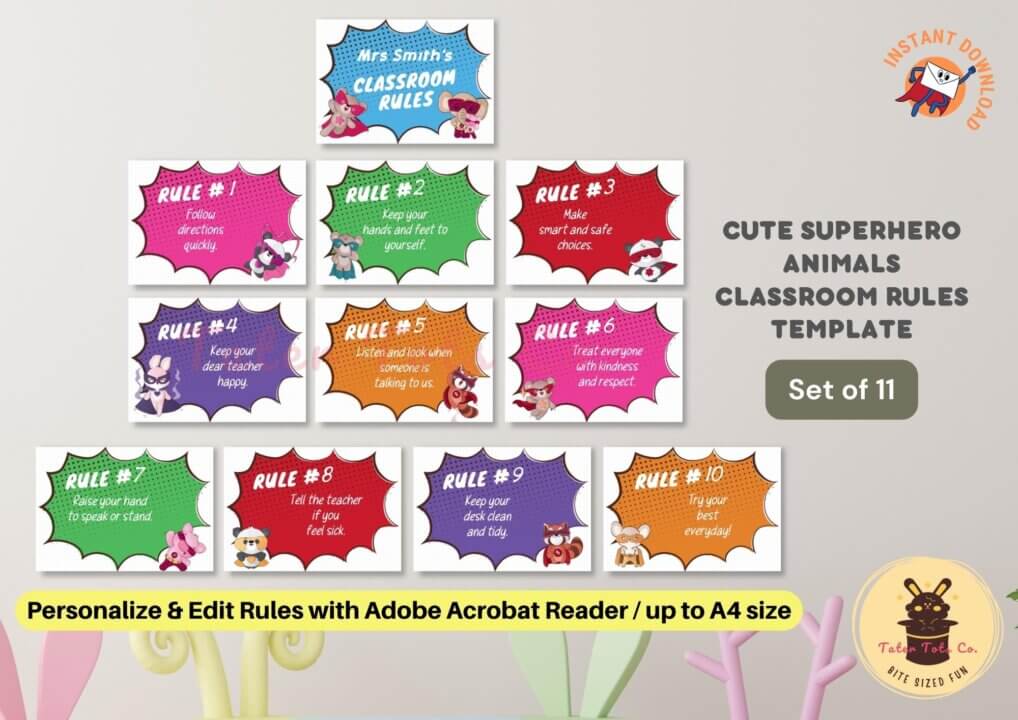
Thank you so much for these resources. Classroom rules are really important in maintaining order and in teaching the students discipline.
You’re most welcome and definitely, it’s one of a teacher’s must-haves.